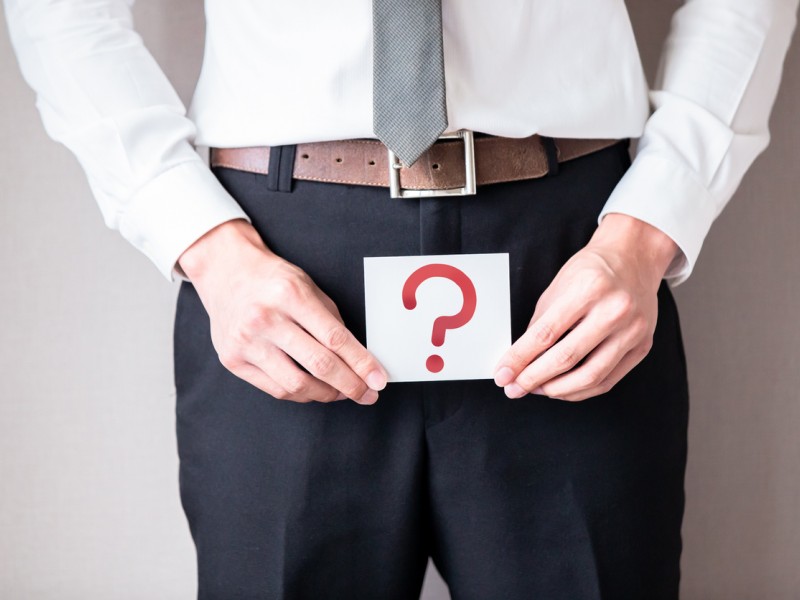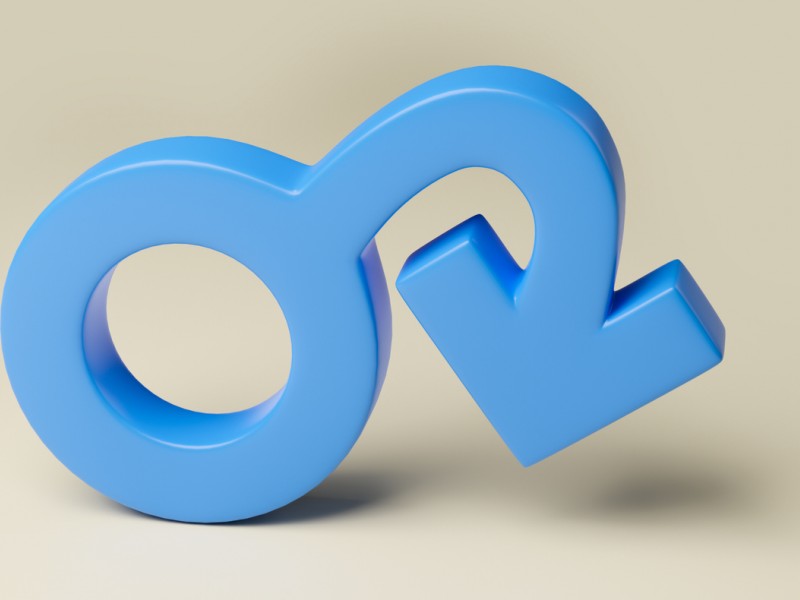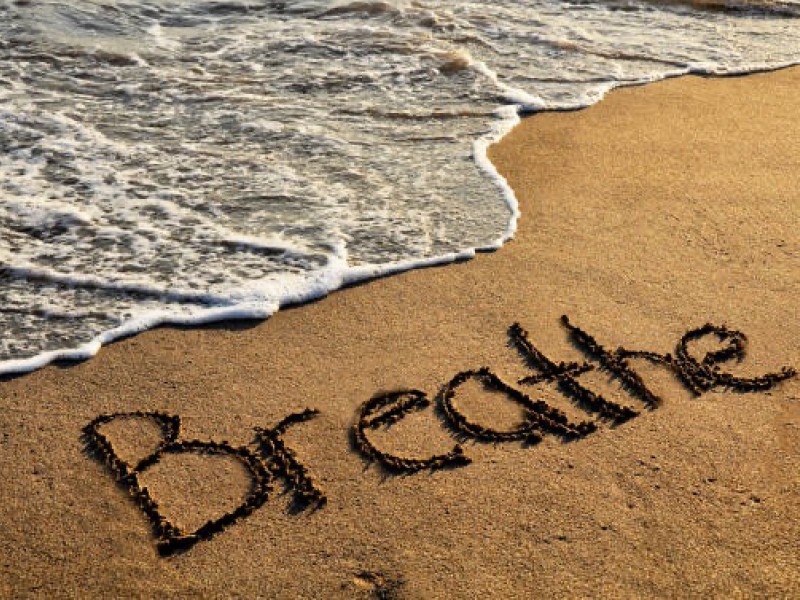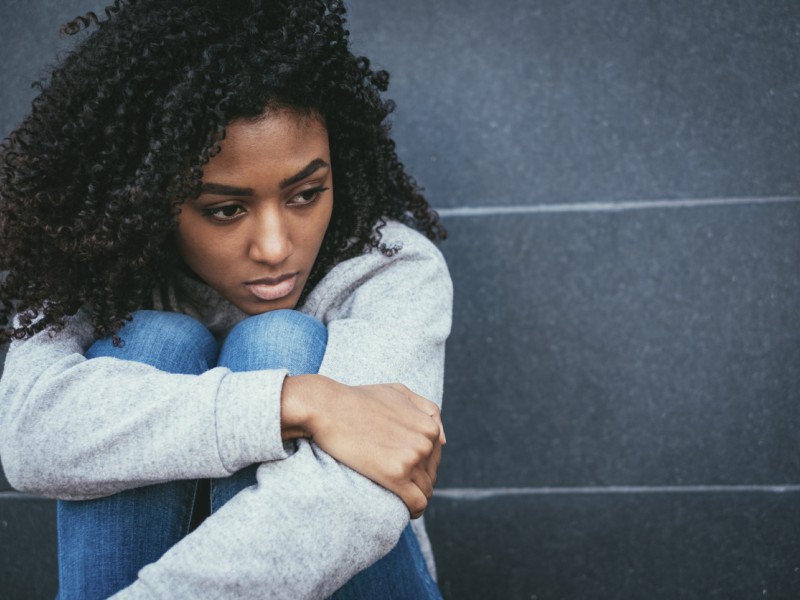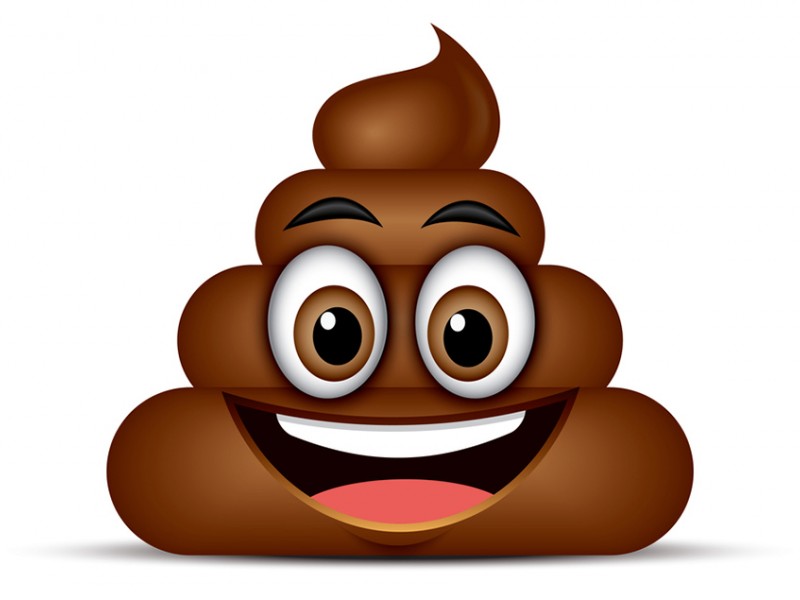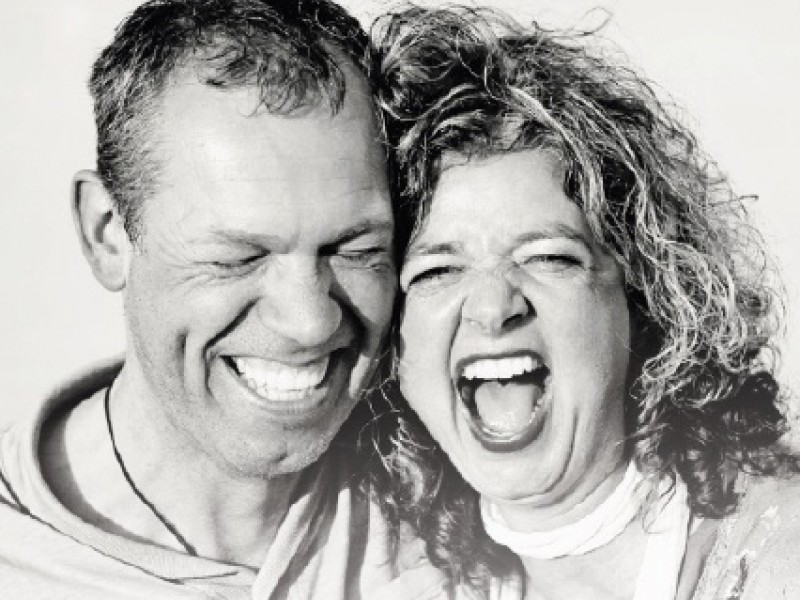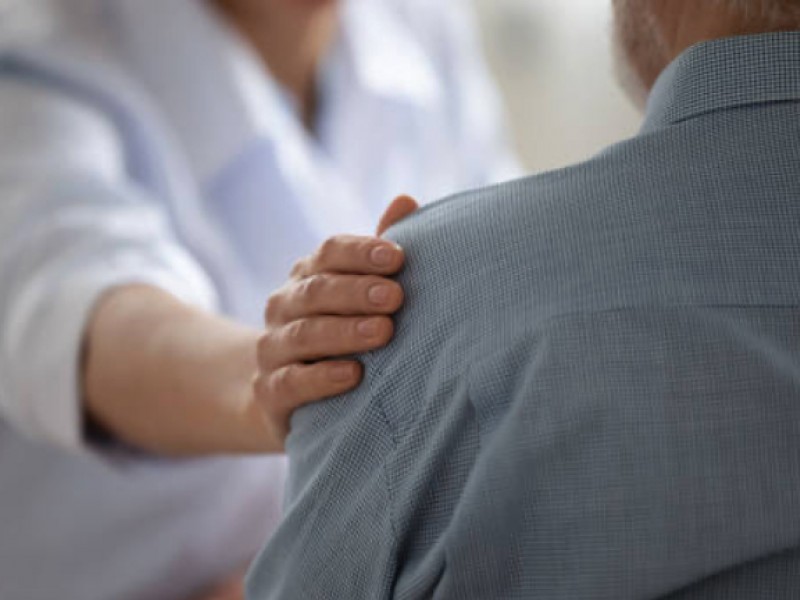As pelvic health physiotherapists treating people with sexual pain and supporting them to improve their sexual health, we are often asked what lubricants we use for examinations and what we recommend for personal use.
Prostate cancer is the most commonly diagnosed cancer in Australia. Each year, over 24,000 men are diagnosed, where most men are over the age of 50. Chances are, most people will know, or know someone who knows someone who has been diagnosed with prostate cancer.
When faced with a prostate cancer diagnosis, men are also confronted with a possibility of experiencing erectile dysfunction as a side effect of their treatment. Whether it be following prostate cancer surgery, radiotherapy or hormone treatment, this has a significant impact on the quality of life experienced after treatment.
It may appear a little strange to write a blog about breathing, when it is something that we do 24 hours a day, 7 days a week and have been doing so consciously and subconsciously since we were born! However, just because breathing is automatic, it doesn’t mean that we do it effectively! Many people hold their breath without realising, they breathe into their upper chest only, or they don’t breathe in and out all the way. Being more aware of your breath and optimising the way you breathe can have a profound impact not only on your pelvic health, but your health in general.
This article is a personal story written by one of our patients (she/her) who asked if she could share her journey with Endometriosis and reflect on her experience engaging with one of our Pelvic Health Physiotherapists over the last 18 months. Her honest and powerful story will touch your heart.
There’s a reason why people say they go to the toilet to relieve themselves - emptying your bowel completely and easily is extremely satisfying! We had such a great response to a previous blog we wrote “5 Tips For A Perfect Poo”, we thought we would follow up by answering some of our commonly asked questions about bowels. This may help you get that feeling of relief on the toilet!
Women’s & Men’s Health Physiotherapy (WMHP) exists to restore pelvic health, empowering every person to live their best life. This is our cause, our belief and what we stand for. As the physiotherapists treating, guiding and supporting you to restore your pelvic health, it is vital that we are all clear on what you would like to achieve as we embark on your journey to pelvic health.
Prostate cancer is the most commonly diagnosed form of cancer in Australia. Receiving this diagnosis can be a difficult experience for men and their families. There is often emotional and psychological distress faced throughout the cancer journey.
In 2013 I gave birth to my first child who was delivered via forceps after a long labour. At the time I needed a blood transfusion and I was told I had sustained a 3rd degree tear. It was another 16 months before I was diagnosed with a bilateral levator avulsion and subsequent prolapses. As a first-time mother, I didn’t identify as having birth trauma. I didn’t even realise birth trauma was a thing.
Common breast issues whilst breast feeding are called Inflammatory Conditions of the Lactating Breast (ICLB) and cover a variety of different symptoms. Unfortunately, the occurrence of ICLB is the main reason for women choosing to cease breastfeeding. Therefore, it is extremely important that multidisciplinary, evidence-based care is given to women in a timely manner so that they can continue to breastfeed.




